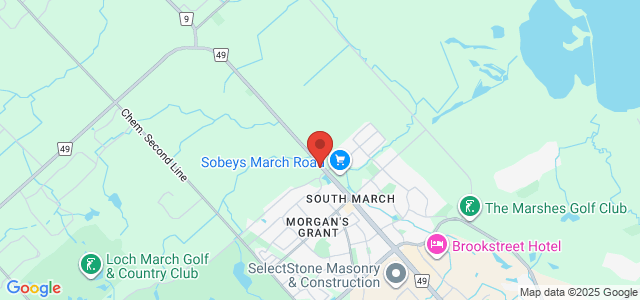Although some drugs and medical conditions have been linked to male breast enlargement (gynecomastia), it remains more common that there is no known cause for this condition. In fact, up to 60% of the male population may be affected by gynecomastia which may affect one, or more commonly, both breasts.
 So called primary gynecomastia usually develops during puberty with no associated underlying cause. Secondary gynecomastia, on the other hand, develops because of some underlying condition, whether it be obesity, endocrine imbalance or for a variety of reasons and/or a result of using certain drugs such as steroids, alcohol or marijuana. If a patient is obese, drinks alcohol excessively, smokes marijuana or takes steroids, he is routinely discouraged from having surgery and asked to stop using these drugs to see if breast fullness subsequently subsides.
So called primary gynecomastia usually develops during puberty with no associated underlying cause. Secondary gynecomastia, on the other hand, develops because of some underlying condition, whether it be obesity, endocrine imbalance or for a variety of reasons and/or a result of using certain drugs such as steroids, alcohol or marijuana. If a patient is obese, drinks alcohol excessively, smokes marijuana or takes steroids, he is routinely discouraged from having surgery and asked to stop using these drugs to see if breast fullness subsequently subsides.
In the treatment of primary gynecomastia, once it is known how much fat and glandular tissue is within the breast area, one can then choose the proper surgical approach. The best candidates for this type of surgery present with firm, elastic skin that will reshape itself to a new contour after surgery.
This type of surgery is most often performed as an outpatient procedure under general anesthesia and takes anywhere from an hour to an hour and a half to complete.
If you would like to learn more about Male Breast Surgery, please keep reading below. If you would like to speak with Dr. James Lacey, you can request a consultation by clicking here.
Treatment
Treatment is usually classified into three categories: Patients have either excessive fat and/or excessive glandular tissue which may or may not be associated with excessive skin (Diagram A).
The surgery is then directed towards correcting one or more of these variables.
In cases in which fat tissue predominates, liposuction alone (usually ultrasonic), may be used, while in patients presenting with excessive breast tissue, surgical resection utilizing a periareolar incision is recommended (Diagram B).
 In these latter cases liposuction often supplements glandular resection to help contour around the edges of the breast to ensure a smooth, natural-looking final result.
In these latter cases liposuction often supplements glandular resection to help contour around the edges of the breast to ensure a smooth, natural-looking final result.
In extreme cases where large amounts of fat or tissue are removed, the skin may not adjust well to the breast contour. In this case, excess skin may be removed to allow the breast to adjust to its new shape. Residual scarring is usually the limiting result in these particular cases.
Recovery is relatively quick and uncomplicated although the patient routinely is requested to wear a post-operative chest garment to help reduce post operative swelling and discomfort. You can expect to be back to normal daily activities within a week but you will be restricted from heavy physical activity for about a month. It will take about three months before you see the final result of your surgery.
Complications related to surgery, although infrequent and usually minor in nature, may include excessive post-operative fluid accumulation, noticeable scars if skin resection is required, indentation and/or irregularities from aggressive liposuctioning. The temporary effects of male breast reduction surgery may include numbness which may last up to a year.
If you would like to learn more about Male Breast Surgery, you can request a consultation by clicking here.

